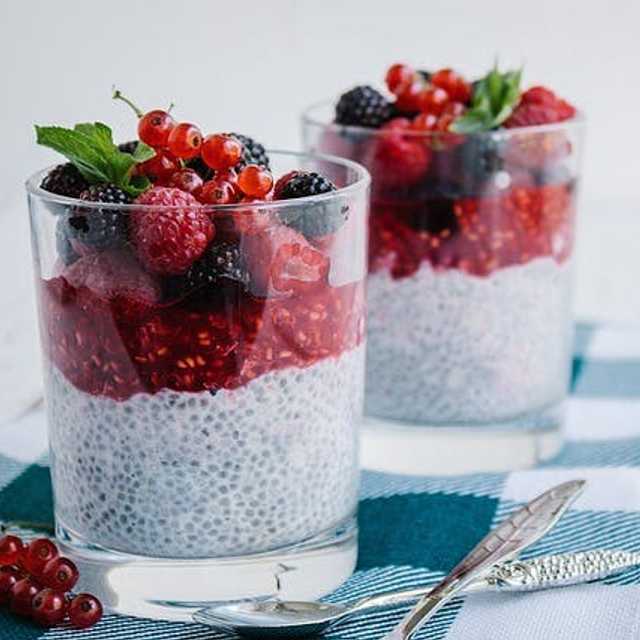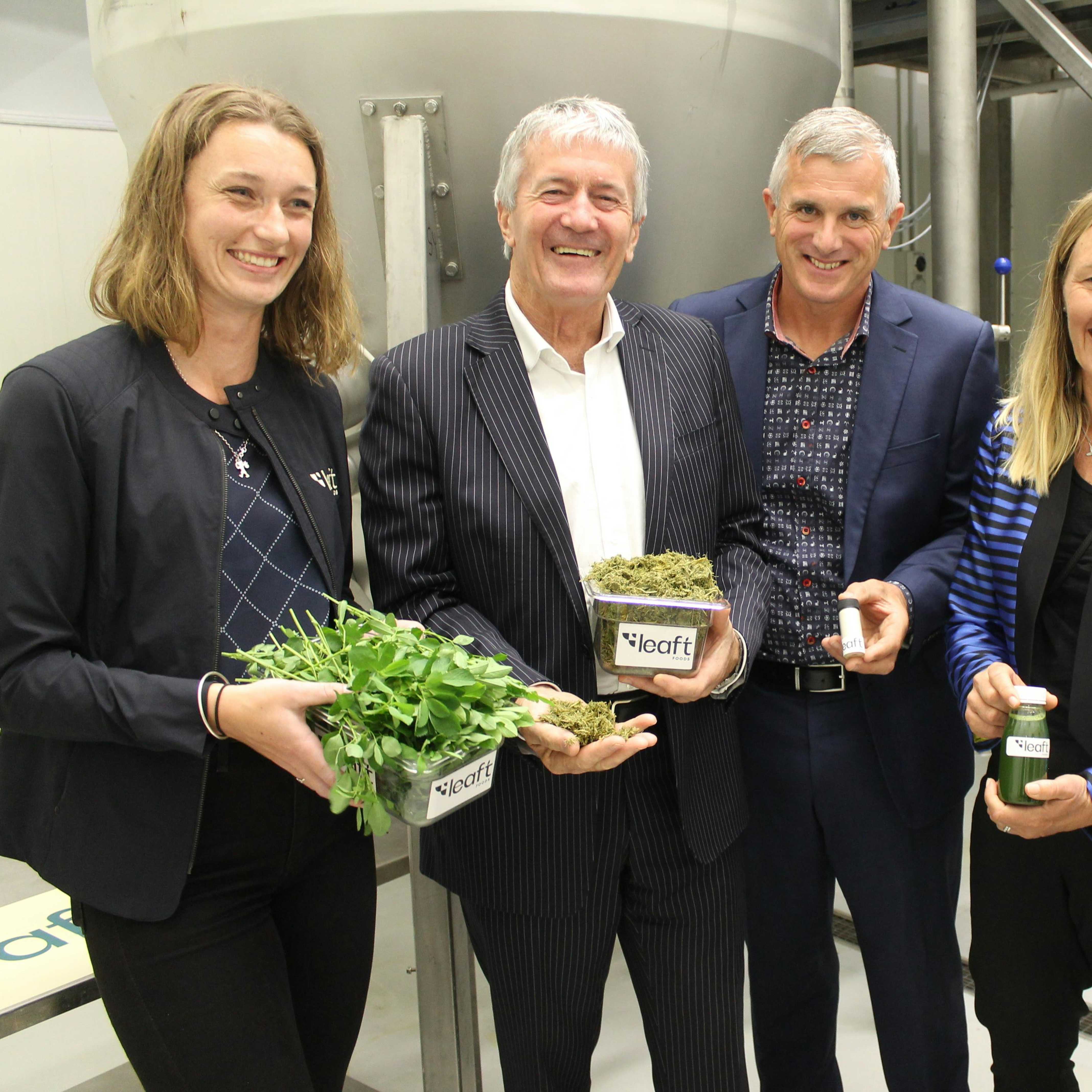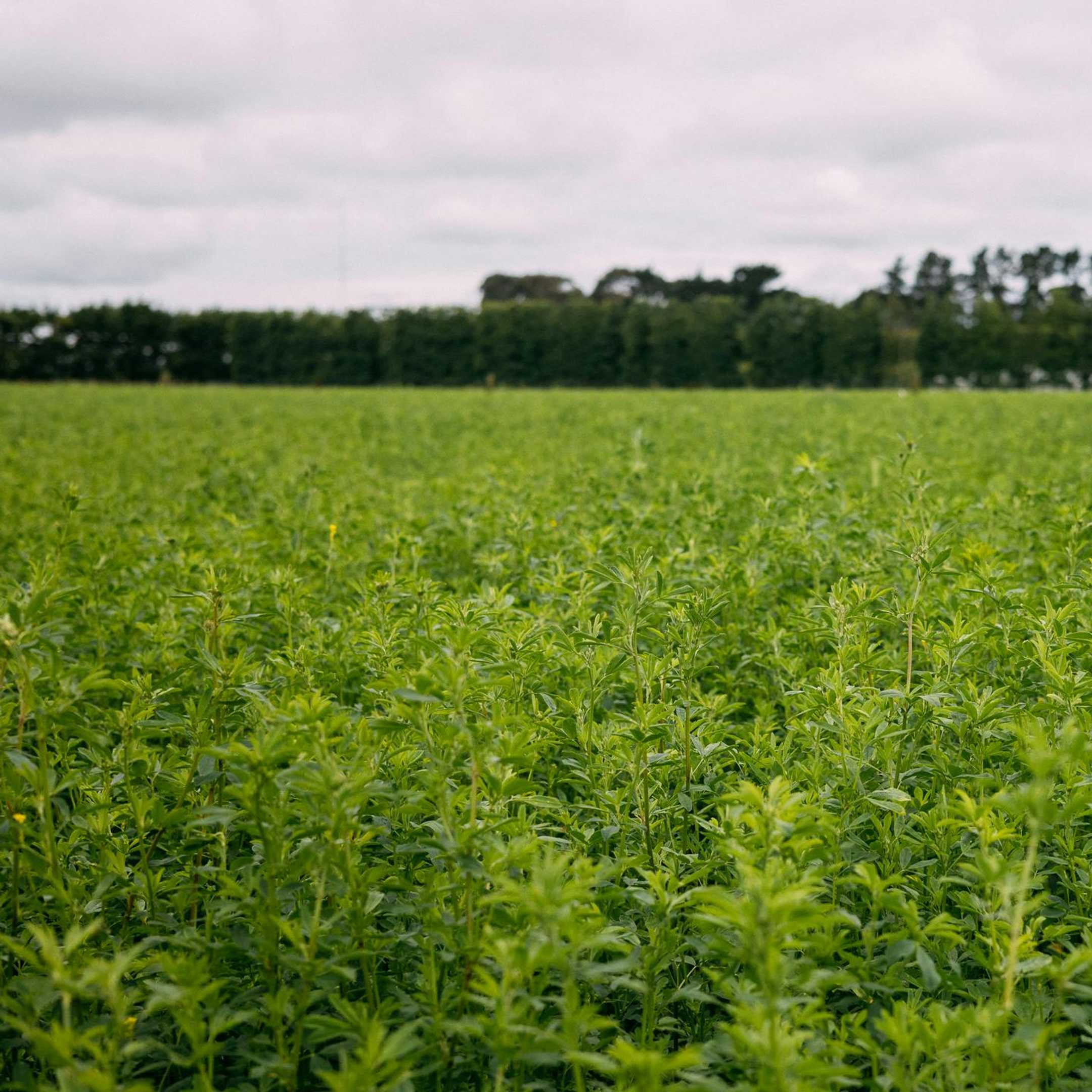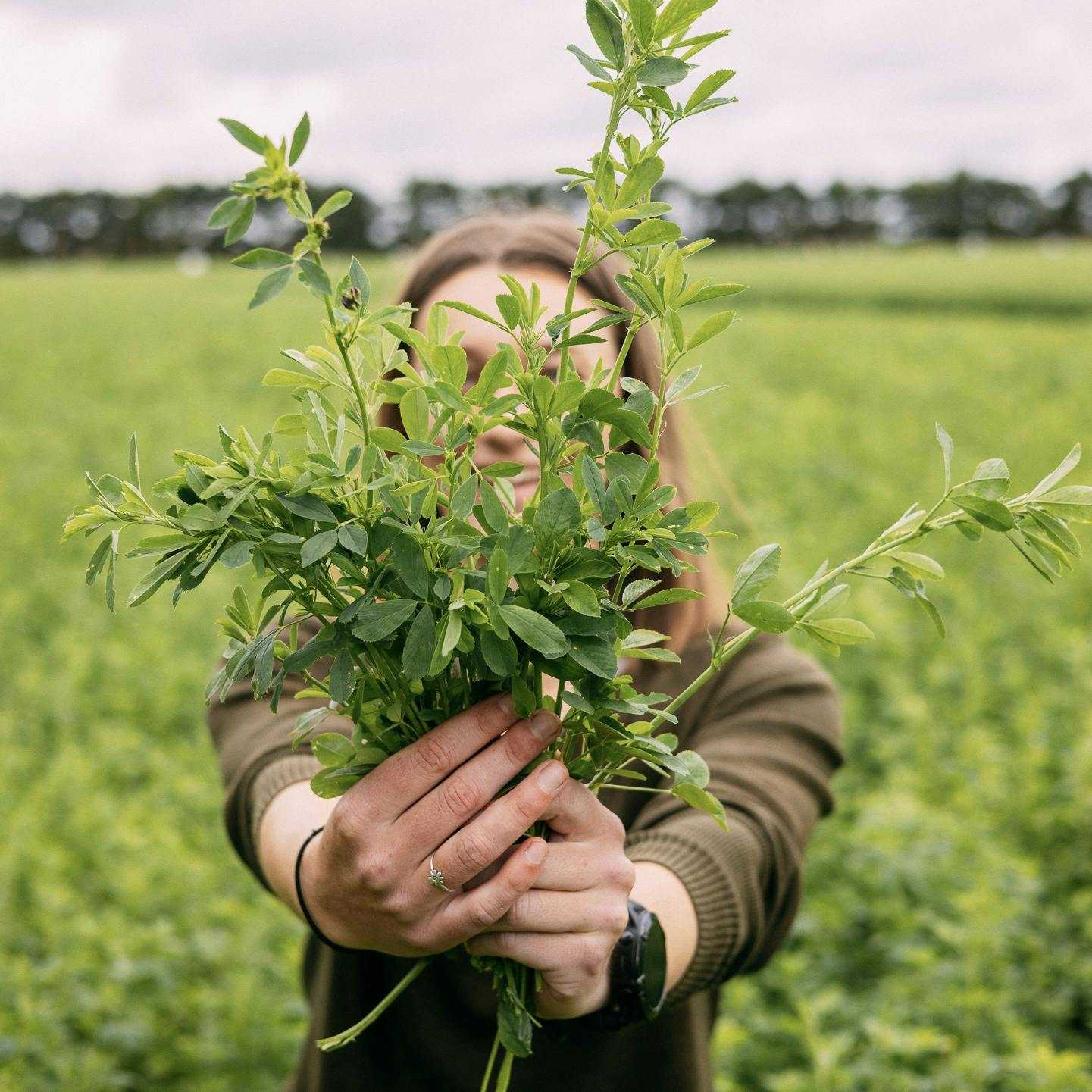Table of Contents
What is a balanced diet?
Having a balanced diet means eating a variety of foods that ensure you’re consuming the spectrum of essential nutrients. It includes eating enough of the right vitamins, minerals, proteins, carbohydrates and healthy fats, as well as eating them in appropriate proportions.
Having a balanced diet helps to ensure optimal health, reducing risk of disease and sufficiently fueling the body with enough energy to live the lifestyle you want.
A balanced diet on a diet
A balanced diet requires conscious thought and a commitment to eating well. You can’t just eat chocolate biscuits all day, every day and expect to be healthy.
But what happens when you adopt a diet that means you don’t eat certain things?
The question commonly comes up when people adopt plant-based diets, and wonder how they’ll get sufficient nutrition when they cut out animal products. Meat, dairy and eggs are all rich in protein and other nutrients, so how can you replace those nutrients with plant-based foods?
Fortunately, it’s much easier than many people may think.
Protein Basics
There are a variety of health benefits to eating enough protein. It has major benefits for weight management and overall health in a myriad of ways.
It can:
- Reduce appetite and hunger levels
- Increase strength and muscle mass
- Strengthen bones
- Boost metabolism
- Lower blood pressure
- Support muscle recovery, including from exercise or injury
The amount of protein someone should eat depends on a range of factors, including age, gender and activity level.
For example, the recommended daily intake for adults is 0.8 grams of protein per kilogram of body weight. If you weigh 75 kilograms, that means you should be eating about 60 grams of protein per day. However, if you exercise for two hours every day, you’ll need much more.
Understanding Amino Acids
Protein comes in the form of amino acids. There are 20 amino acids that the body needs, and 11 of them occur naturally in the body. The remaining nine are considered essential amino acids, as we need to get them from food.
Foods with all nine essential amino acids are called complete proteins, while those without them all are incomplete proteins. One of the cornerstones of a balanced diet is ensuring you get enough essential amino acids.
You can do this by eating sufficient quantities of complete proteins, but you can also achieve it by consuming a combination of incomplete proteins in a way that still includes all nine essential amino acids.
The key thing to know is you don’t need to eat a lot of complete proteins in order to get all the protein the body needs.
Protein Sources
Contrary to what some people may think, there are a large number of plant foods with similar quantities of protein to animal foods.
Legumes, beans, lentils, tofu, tempeh, seitan, nuts, seeds, and whole grains all have high protein content, as well as many other vitamins and minerals to fuel the body well.
And often, plant foods are much lower in fat and sugars compared to meat and dairy products.
Food technology is helping to develop more and more high protein plant foods as well. Scientists are innovating to increase the protein content of existing foods, while also bringing all new high protein plant foods onto the market.
A good example of that is rubisco protein. Rubisco is the world’s most abundant protein - it grows in every green leaf, and is responsible for photosynthesis. We commonly eat it in spinach, kale, alfalfa sprouts or any other leafy green.
Rubisco is an extremely rich protein too - it has a similar amino acid profile to beef. It has fuelled vegetarian animals like cows and rhinoceros’ for thousands of years, but human digestive systems are unable to extract all its goodness.
However, Leaft Foods innovators have developed a food safe way of unlocking rubisco in its natural form to make one of the world’s most sustainable food sources an option for humans too.
Benefits of Plant-Based Protein
Regardless of if you get your protein from plant foods or animal foods, the health benefits of the protein you consume are the same.
However, the nutritional profile of various foods can result in a range of other health implications.
Plant based protein sources have been shown to have a lower risk of developing chronic diseases, diabetes and some cancers, compared to animal proteins. They can also help improve digestion and gut health, lower blood pressure and promote better overall health.
Importantly, plant proteins tend to be much more sustainable to produce compared to animal proteins. There are typically fewer greenhouse gas emissions, reduced negative impact on the soil and less water use in producing plant proteins, which makes for a more sustainable, environmentally friendly diet.
For example, rubisco is produced from carbon sequestering crops such as alfalfa, that take carbon out of the atmosphere and ultimately end up having a positive impact on the soil.
Protein Supplements for Vegans
Protein powder is a great way to boost the protein in your diet, and is commonly used by people with an interest in health and fitness. It can be incorporated into cooking by sprinkling into a variety of meals, or used in smoothies and shakes.
In the past, whey protein, which is an animal product, dominated the market, with few alternatives. However, now there are a range of vegan protein powders, including pea protein, rice protein, soy protein, hemp protein and rubisco protein.
The problem is now not so much finding a vegan protein powder, it’s choosing which is right for you among all the options.
Things like price and flavor have a big impact on decision-making, as well as the other vitamins and minerals in the various choices. If you’re not sure, canvas the market and ask questions to understand how the different options stack up against your own priorities.
Addressing Common Concerns
When making the transition to a plant-based diet, it’s only natural to have questions about what you should do in order to accommodate your new way of eating. There are many myths and things to consider, and it pays to be fully informed.
Myth: You won’t get enough protein as a vegan. A long-standing concern is that it’s hard to get enough protein without eating meat. This is not true - as mentioned above, there are many high protein/complete protein plant foods that you can eat to ensure you’re getting all the protein you need.
- Myth: Incomplete proteins are inferior foods. While incomplete proteins may not have all essential amino acids, you can get all the protein you need by eating a combination of foods that cover the spectrum of amino acids.
- Myth: You won’t be as fit or strong if you eat plant proteins. It doesn’t matter where your protein comes from, it all has the same benefit to the body. There is no reason why a plant based diet would have a negative impact on your strength, fitness or any other aspect of performance.
- Consideration: You won’t get enough other micronutrients on a vegan diet. This could be true of any diet, so it’s not a problem just for vegans. As with anyone else, your focus should be on eating a variety of healthy food to ensure a balanced, wholesome, rounded diet.
- Consideration: Plant proteins can lead to digestion issues. Plant proteins that are high in fiber can be less digestible than other foods. You can enhance digestibility by soaking or cooking plant proteins, or ensuring you eat a good amount of fruit to encourage digestion.
Meal Planning and Protein-Rich Recipes
Meal planning has become a popular trend in recent years, as people grapple with eating well amongst busy lives. Preparing bulk meals in advance is a great way to save time and get the nutrition your body needs.
But it takes planning.
People on vegan diets can have a natural advantage over others because they’ve already made a commitment to be more conscious about what they eat. It requires dedication and forward thinking to stick to a diet, and this is also needed when meal planning.
If you’re looking for inspiration for high protein, vegan meal planning, a quick internet search will no doubt unearth a plethora of options. These are some ideas to get you started.
Breakfast
- Breakfast burritos with tofu, potatoes, black beans and avocado
- Overnight oats with protein powder, chia seeds and fresh fruit
- Chickpea flour omelet
Lunch
- Impossible meat sandwich with vegan mayonnaise and salad
- Chickpea spinach curry
- Chickpea patties
Dinner
- Tofu stir fry with vegetables and peanut sauce
- Black soybean spaghetti with broccoli and capsicum
- Burrito bowls with spicy baked tofu, beans, avocado, rice, corn, tomato and capsicum
Snacks
- Vegan blueberry muffins with protein powder
- Air fried tofu nuggets
- Seeds or nuts
- No-bake protein fudge with plant-based chocolate and protein powder
Vegan protein: A conscious choice
When you decide to eat plant based food ahead of animal proteins, it will likely mean needing to put some thinking into your diet. While plant-based diets are more common now than in the past, it still requires a degree of effort to eat well without consuming animal products, which can be something of a default option.
But that only lasts as long as it takes to research your options and get used to the new normal. By opting to go on a plant-based diet, you’re expressing a willingness to think more about what you eat. That willingness is all it takes to have a well rounded diet, including getting enough protein.
Sustainable eating is only going to become more important as the world tackles climate change. By doing your research and making informed decisions, you can discover more environmentally friendly foods and ensure you’re fuelling your body as well as you ever have.




